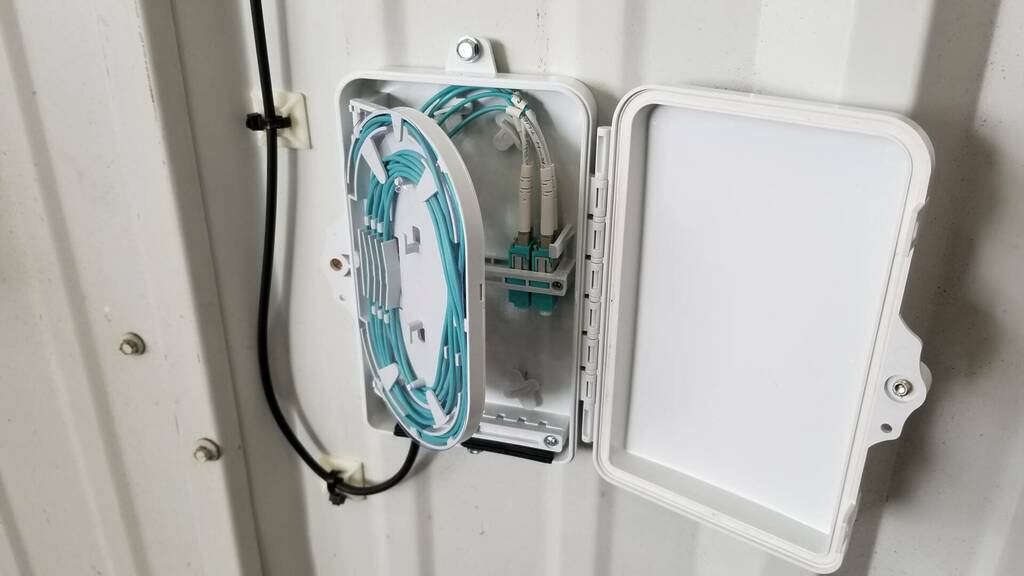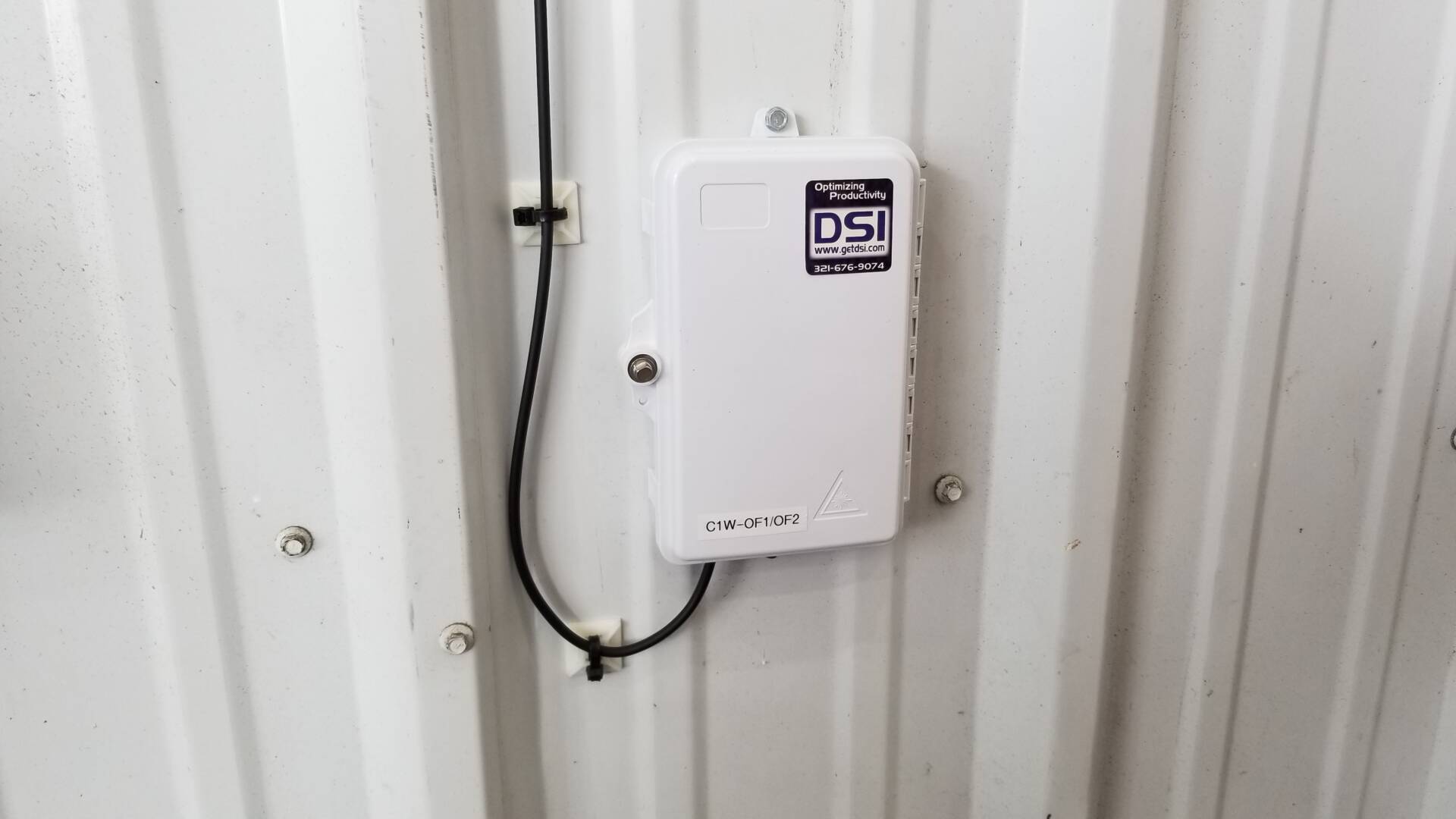
When designing and implementing a fiber optic network to connect multiple buildings, meticulous planning and consideration are paramount for ensuring a seamless deployment. This guide will outline the essential aspects of creating fiber runs between buildings, providing a roadmap from cable selection to final installation.
Understanding Fiber Optic Cable Types
Single-mode and multi-mode are the two primary types of fiber optic cables. Single-mode fibers are ideal for long-distance runs as they allow signals to travel further without significant loss. On the other hand, multi-mode fibers offer high bandwidth over shorter distances, making them suitable for campus networks or within buildings.
Planning and Route Selection
Proper planning cannot be overstated. Assess the route carefully, considering both the distance and the environment. Avoid high-traffic areas where the cable might be susceptible to damage and consider the need for future expansions or additions to the network.
Installation Best Practices
Conduit use: Protect your fiber with conduits, especially when running cables underground between buildings. It safeguards the cable and makes future upgrades easier.
Cable pulling: Fiber cables are more fragile than copper cables. Use appropriate pulling equipment and techniques to avoid exceeding the cable’s tensile strength and bend radius.
Splicing vs. Connectors: Decide whether to use splices or connectors. Splices are generally used for long, uninterrupted runs, while connectors allow for reconfiguration and more flexibility.
Building Entry and Exit Points
Plan the entry and exit points of your buildings carefully. Use proper sealant and firestop materials to maintain the integrity of the building and its fire ratings.
Local Codes and Regulations
Stay compliant with local building codes and regulations. These may dictate the type of cable, installation methods, and safety measures you need to follow.
Testing and Documentation
After installation, thorough testing is critical. Ensure all connections meet the required performance levels. Maintain detailed documentation of the entire network layout, which is invaluable for troubleshooting and future modifications.
For a more in-depth look at fiber optic installation and best practices, stay tuned to our blog. And if you’re planning your own fiber network, consider reaching out to professionals who can help you navigate the complexities of a robust and scalable fiber optic infrastructure.

